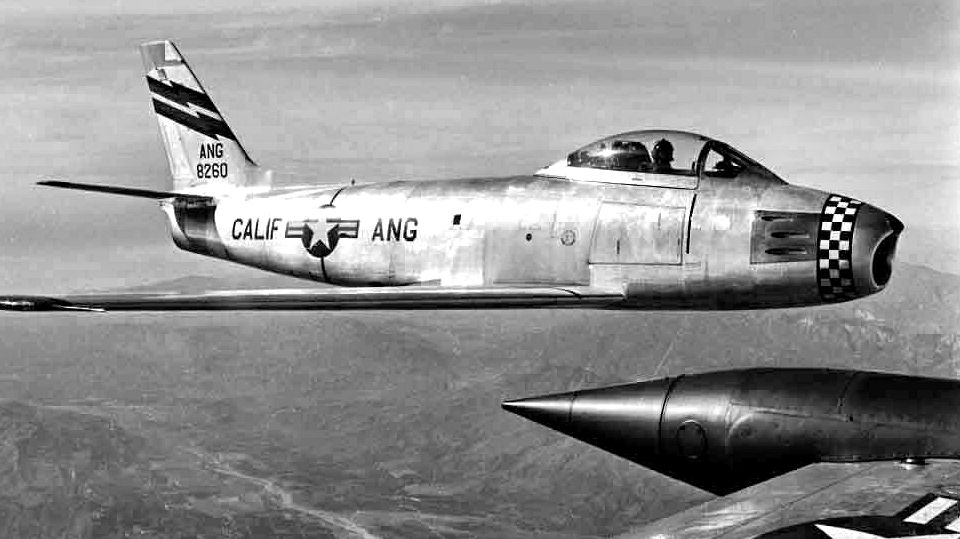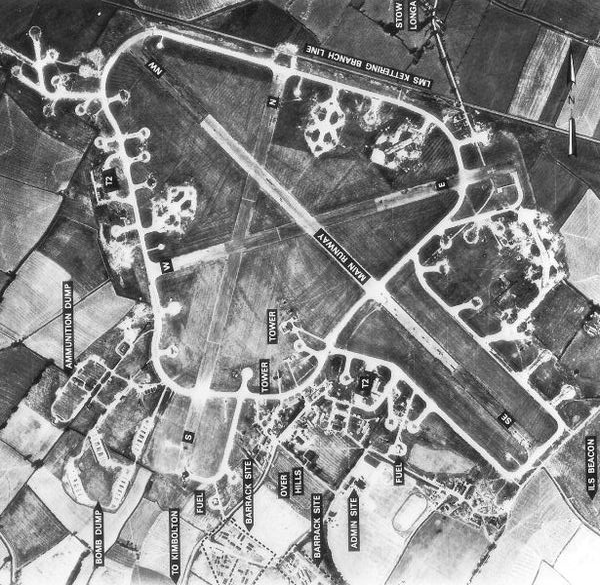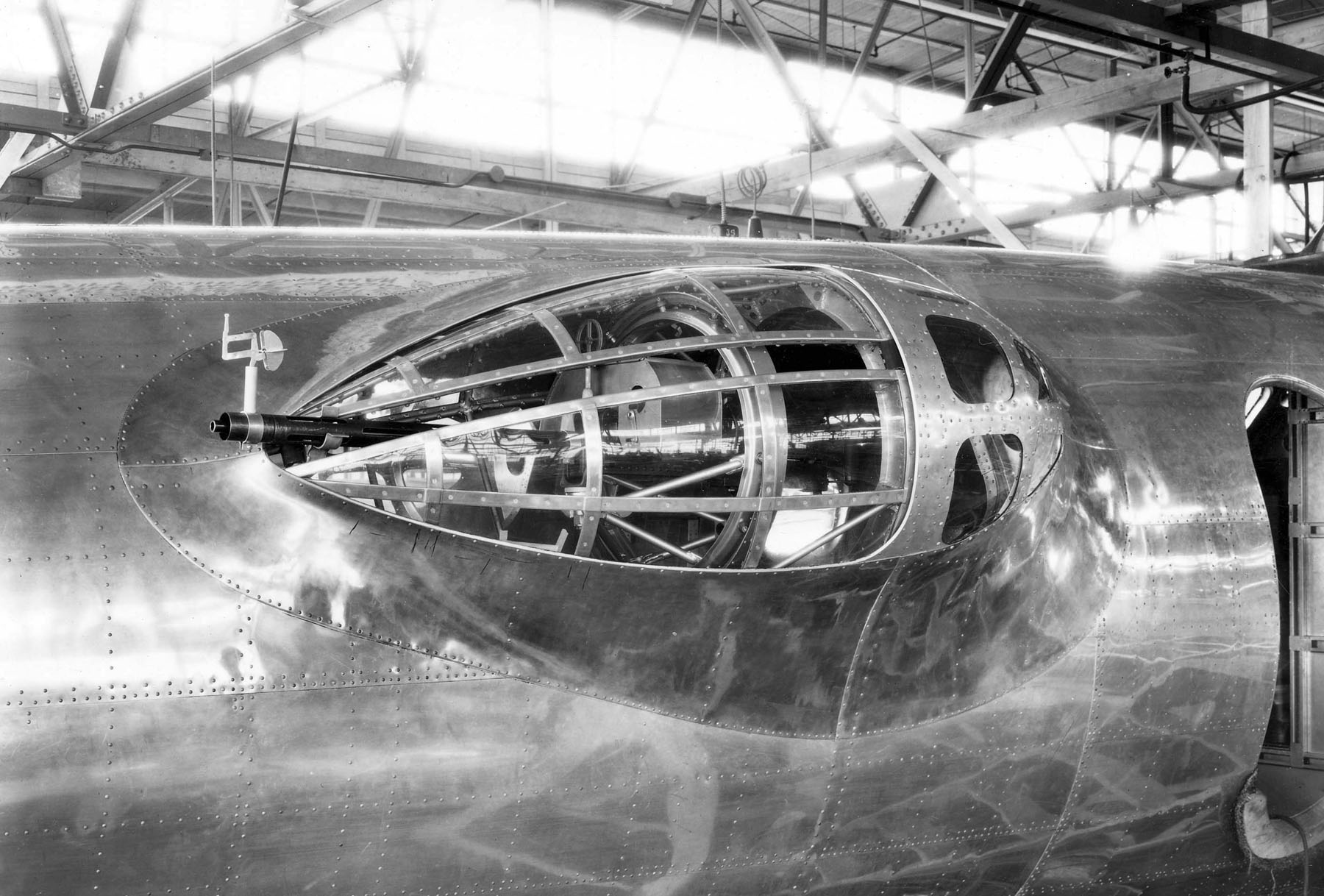|
John M. Conroy
John Michael Conroy (December 14, 1920 – December 5, 1979) was an American aviator and later businessman, whose company Aero Spacelines developed the Pregnant Guppy, Super Guppy, and Mini Guppy cargo aircraft. He later founded Conroy Aircraft and Specialized Aircraft in Santa Barbara, California. He died December 5, 1979, of colon cancer. Early years Conroy was born in Buffalo, New York, later attended high school in Sand Springs, Oklahoma, and studied engineering at St. Gregory's College ( St. Gregory's University) in Shawnee, Oklahoma. He hitched a ride on a freight train from Oklahoma to Hollywood, California, where he landed bit parts in films during the years of 1937–1940 under the screen name of Michael Conroy, since John Conroy was already taken. Some of the films were with "The Little Tough Guys". He attended the College of Theatre Arts at the Pasadena Playhouse. World War II In 1940, against the advice of his agent who said "the big parts are comin ... [...More Info...] [...Related Items...] OR: [Wikipedia] [Google] [Baidu] |
Buffalo, New York
Buffalo is a Administrative divisions of New York (state), city in the U.S. state of New York (state), New York and county seat of Erie County, New York, Erie County. It lies in Western New York at the eastern end of Lake Erie, at the head of the Niagara River on the Canada–United States border, Canadian border. With a population of 278,349 according to the 2020 census, Buffalo is the List of municipalities in New York, second-most populous city in New York State after New York City, and the List of United States cities by population, 82nd-most populous city in the U.S. Buffalo is the primary city of the Buffalo–Niagara Falls metropolitan area, which had an estimated population of 1.1 million in 2020, making it the List of metropolitan statistical areas, 49th-largest metro area in the U.S. Before the 17th century, the region was inhabited by nomadic Paleo-Indians who were succeeded by the Neutral Confederacy, Neutral, Erie people, Erie, and Iroquois nations. In the early 1 ... [...More Info...] [...Related Items...] OR: [Wikipedia] [Google] [Baidu] |
Conroy Aircraft
Conroy Aircraft was an American aircraft manufacturer founded by John M. Conroy in Goleta, California, in 1968 after he resigned as president of Aero Spacelines. The company imitated Aero Spacelines' success with its Guppy aircraft by converting a Canadair CL-44 to carry oversized cargo as the Conroy Skymonster. Starting in 1969, the company converted several turboprop aircraft to haul specialty cargo: the Stolifter, based on the Cessna Skymaster; the Turbo Three and the Tri-Turbo-Three, based on the Douglas DC-3, and the Turbo Albatross, based on the Grumman Albatross. The company was reorganized in 1972 as Specialized Aircraft, and moved to Camarillo Airport in Camarillo, California. Turbo-Three Corporation Conroy formed the Turbo-Three Corp. to support his aircraft; Turbo-Three proposed the Conroy Virtus aircraft to NASA for use as a Space Shuttle The Space Shuttle is a retired, partially reusable launch system, reusable low Earth orbital spacecraft system op ... [...More Info...] [...Related Items...] OR: [Wikipedia] [Google] [Baidu] |
North American F-86 Sabre
The North American F-86 Sabre, sometimes called the Sabrejet, is a transonic jet fighter aircraft. Produced by North American Aviation, the Sabre is best known as the United States' first swept-wing fighter that could counter the swept-wing Soviet MiG-15 in high-speed dogfights in the skies of the Korean War (1950–1953), fighting some of the earliest jet-to-jet battles in history. Considered one of the best and most important fighter aircraft in that war, the F-86 is also rated highly in comparison with fighters of other eras. Although it was developed in the late 1940s and was outdated by the end of the 1950s, the Sabre proved versatile and adaptable and continued as a front-line fighter in numerous air forces. Its success led to an extended production run of more than 7,800 aircraft between 1949 and 1956, in the United States, Japan, and Italy. In addition, 738 carrier-modified versions were purchased by the US Navy as FJ-2s and -3s. Variants were built in Canada and Austr ... [...More Info...] [...Related Items...] OR: [Wikipedia] [Google] [Baidu] |
Van Nuys Air National Guard Base
Van Nuys Airport is a public airport in the Van Nuys neighborhood of the City of Los Angeles. The airport is operated by Los Angeles World Airports (LAWA), a branch of the Los Angeles city government, which also operates Los Angeles International Airport (LAX). Van Nuys is one of the busiest general aviation airports in the world, with the airport's two parallel runways averaging over 230,000 takeoffs and landings annually. Van Nuys is home to news, medical transport, and tour helicopter operators, the air operations unit of the Los Angeles City Fire Department, and a maintenance base for Los Angeles Police Department and Los Angeles Department of Water and Power helicopters. Originally opened as Metropolitan Airport on December 17, 1928, the airport became the Van Nuys Army Airfield during World War II, was renamed the San Fernando Valley Airport after the war, before taking its current name in 1957. The airport is also home to LAWA's FlyAway terminal, where passengers bo ... [...More Info...] [...Related Items...] OR: [Wikipedia] [Google] [Baidu] |
Stalag Luft I
Stalag Luft I was a German World War II prisoner-of-war (POW) camp near Barth, Western Pomerania, Germany, for captured Allied airmen. The presence of the prison camp is said to have shielded the town of Barth from Allied bombing. About 9,000 airmen – 7,588 American and 1,351 British and Canadian – were imprisoned there when it was liberated on the night of 30 April 1945 by Soviet troops. Camp history The camp was opened in 1941 to hold British officers, but was closed in April 1942, when they were transferred to other camps. It was reopened in October 1942, when 200 RAF NCOs from Stalag Luft III were moved there. From 1943, American POWs were sent to the camp. Stalag Luft I consisted of a West Compound (also referred to as the South Compound) and North Nos. 1, 2, and 3 Compounds, separated by German quarters. According to Lt Col Charles Ross Greening, Senior Officer in North Camp 1, "Our barracks were rough, wood frame structures standing on small foundation posts abou ... [...More Info...] [...Related Items...] OR: [Wikipedia] [Google] [Baidu] |
Zeitz
Zeitz (; , ) is a town in the Burgenlandkreis district, in Saxony-Anhalt, Germany. It is situated on the river White Elster, in the triangle of the federal states Saxony-Anhalt, Thuringia, and Saxony. History First a Slavic pagan settlement later Christianized, Zeitz was first recorded under the Medieval Latin name ''Cici'' in the Synod of Ravenna in 967. Between 965 and 982, it was the chief fortress of the March of Zeitz. Zeitz was a bishop's residence between 968 and 1028, when it was moved to Naumburg. Beginning at the end of the 13th century, the bishops again resided in their castle at Zeitz. The Herrmannsschacht (built in 1889) is one of the oldest brown coal brickette factories in the world. The city was captured by Swedish troops during the Thirty Years' War and was given to Electorate of Saxony in 1644. It was the centre of Saxe-Zeitz between 1657 and 1718, before returning to the Electorate (which became the Kingdom of Saxony in 1806). In 1815, it was gi ... [...More Info...] [...Related Items...] OR: [Wikipedia] [Google] [Baidu] |
RAF Kimbolton
Royal Air Force Kimbolton or more simply RAF Kimbolton is a former Royal Air Force List of former Royal Air Force stations, station located west of Huntingdon, Cambridgeshire, England. History USAAF use The airfield was originally built in 1941 for RAF Bomber Command, then expanded to Class A airfield standards for use by American heavy bombers during 1942. Kimbolton was assigned to the United States Army Air Forces (USAAF) Eighth Air Force. It was given the designation USAAF Station 117. The airfield was used No. 460 Squadron RAAF between November 1941 and January 1942 with the Vickers Wellington IV. 91st Bombardment Group (Heavy) The airfield was opened in 1942 and was first used by the USAAF Eighth Air Force 91st Bombardment Group, 91st Bombardment Group (Heavy), arriving from Walla Walla AAF, Washington (U.S. state), Washington during September. The 91st was assigned to the 1st Combat Bombardment Wing of the 1st Bombardment Division. Its tail code was Triangle-A. Its o ... [...More Info...] [...Related Items...] OR: [Wikipedia] [Google] [Baidu] |
Boeing B-17 Flying Fortress
The Boeing B-17 Flying Fortress is an American four-engined heavy bomber aircraft developed in the 1930s for the United States Army Air Corps (USAAC). A fast and high-flying bomber, the B-17 dropped more bombs than any other aircraft during World War II, used primarily in the European Theater of Operations, United States Army, European Theater of Operations. It is the List of most-produced aircraft, third-most produced bomber in history, behind the American four-engined Consolidated B-24 Liberator and the German multirole, twin-engined Junkers Ju 88. The B-17 was also employed in transport, anti-submarine warfare, and search and rescue roles. In a USAAC competition, Boeing, Boeing's prototype Model 299/XB-17 outperformed two other entries but crashed, losing the initial 200-bomber contract to the Douglas B-18 Bolo. Still, the Air Corps ordered 13 more B-17s for further evaluation, which were introduced into service in 1938. The B-17 evolved through numerous Boeing B-17 Flyin ... [...More Info...] [...Related Items...] OR: [Wikipedia] [Google] [Baidu] |
Pasadena Playhouse
Pasadena Playhouse is a Tony Award-winning historic performing arts venue located 39 S. El Molino Avenue in Pasadena, California. The 686-seat auditorium produces a variety of cultural and artistic events, professional shows, and community engagements each year. History Beginning around 1912, the period known as the Little Theatre Movement developed in cities and towns across the United States. The artistic community that founded the Pasadena Playhouse was started in 1916 when actor-director Gilmor Brown began producing a series of plays at a renovated burlesque theatre with his troupe "The Gilmor Brown Players". Brown established the Community Playhouse Association of Pasadena in 1917 that would later become the Pasadena Playhouse Association, which necessitated a new venue for productions. The community theatre organization quickly grew and in May 1924, the citizens of Pasadena raised funds to build a new theatre in the city center at 39 South El Molino Avenue. Completed in 1 ... [...More Info...] [...Related Items...] OR: [Wikipedia] [Google] [Baidu] |
Little Tough Guys
The Little Tough Guys (later billed as Dead End Kids and Little Tough Guys) were a group of actors who made a series of films and serials released by Universal Studios from 1938 through 1943. Many of them were originally part of The Dead End Kids, and several of them later became members of The East Side Kids and The Bowery Boys. History The urban drama '' Dead End'' became both a successful play and a hit movie, featuring six young actors playing streetwise guttersnipes: Billy Halop, Leo Gorcey, Huntz Hall, Gabriel Dell, Bobby Jordan, and Bernard Punsly. The troupe became known as The Dead End Kids and starred in a series of features for Warner Brothers. Little Tough Guys In 1938, Universal borrowed the Dead End Kids (except Gorcey and Jordan) for a juvenile-delinquency drama called '' Little Tough Guy''. Universal adopted this as a brand name, and turned the film into a series of ''Little Tough Guys'' features. The studio filled out the cast with David Gorcey (Leo's young ... [...More Info...] [...Related Items...] OR: [Wikipedia] [Google] [Baidu] |
Bit Part
In acting, a bit part is a role in which there is direct interaction with the principal actors and no more than five lines of dialogue, often referred to as a five-or-less or under-five in the United States, or under sixes in British television, or a walk-on part with no dialogue. A bit part is a credited higher billing than that of an extra and lower than that of a supporting actor. An actor who regularly performs in bit roles, either as a hobby or to earn a living, is referred to as a bit player, which is also a term to describe an aspiring actor who has not yet broken into supporting or leading roles. Unlike extras, who do not typically interact with principals, actors in bit parts are sometimes listed in the credits. An exception to this practice is the cameo appearance, wherein a well-known actor or other celebrity appears in a bit part; it is common for such appearances to be uncredited. In MGM's 1951 screen version of the musical ''Show Boat'', the role of the cook ... [...More Info...] [...Related Items...] OR: [Wikipedia] [Google] [Baidu] |






